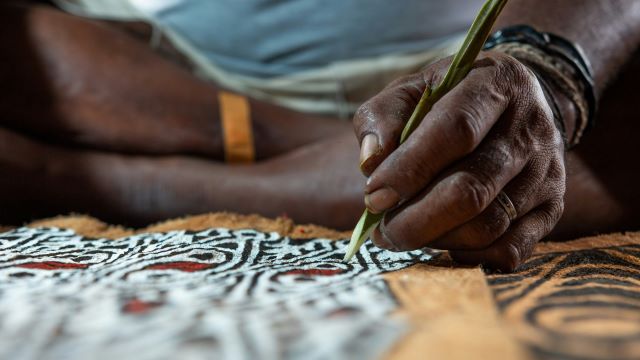In Eritrea’s markets and workshops, artistry emerges in objects both intricate and practical—woven shawls, carved wooden boxes, pottery etched with local motifs, and silver jewelry that carries the weight of centuries. These handicrafts are not mere commodities. They are cultural texts, tangible expressions of heritage sustained by the steady hands of artisans who inherit techniques as much as they inherit stories.
The country’s nine recognized ethnic groups, each with distinct customs, contribute to this creative landscape. Among the most celebrated traditions are the textiles of the Tigrinya and Saho people. Woven with painstaking care, the fabrics often feature elaborate geometric patterns, their colors and designs carrying meanings rooted in community identity. Shawls, garments, and household cloths are not only objects of daily use but also works of cultural preservation, each thread a link between past and present.
Woodcarving, too, holds a central place in Eritrea’s artisan traditions. Decorative boxes, utensils, and furniture reveal an attention to detail that reflects both creativity and discipline. The work is often done by hand, with artisans drawing on generations of skill to transform raw wood into pieces that embody functionality and artistry in equal measure. Many carvers emphasize a respect for natural materials, ensuring that their craft does not merely serve aesthetic purposes but also upholds sustainable practices tied to the land.
Pottery, found in markets across the country, blends utility with expression. Clay pots, vases, and plates are decorated with patterns that echo the rhythms of daily life and local storytelling. Each piece, fired in traditional kilns, carries a tactile warmth that connects households with enduring cultural rituals.
Jewelry offers yet another avenue of expression. Silver ornaments, beaded necklaces, and pieces incorporating semi-precious stones often signify rites of passage or markers of identity. A necklace may speak of marriage traditions, a bracelet of community ties. For wearers, the jewelry becomes both adornment and cultural memory.
Beyond their artistry, Eritrean handicrafts serve as a form of continuity, ensuring that knowledge passed down through generations is not lost in the face of modern change. Local markets hum with this exchange, where visitors encounter not only the finished products but also the stories of those who made them. In these objects lies both history and resilience—evidence of a culture that continues to craft, shape, and refine its identity through the language of its artisans.
Sources:
- Tekeste Negash, Eritrea: The Cultural Landscape, Nordiska Afrikainstitutet, 2011.
- Ruth Iyob, The Eritrean Struggle for Independence, Cambridge University Press, 1997.
- Yohannes Abraha, “Material Culture and Artisanship in Eritrea,” African Arts, vol. 54, no. 2, 2021.
- UNDP Eritrea, “Supporting Traditional Artisanship for Sustainable Livelihoods,” 2020.

